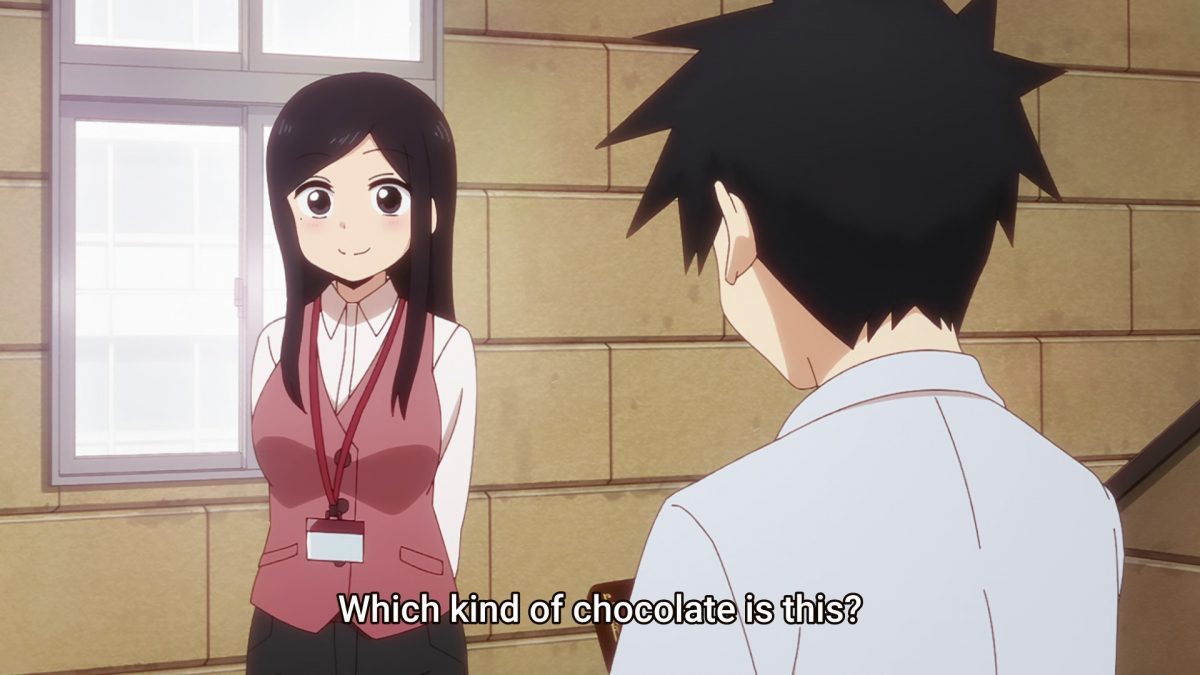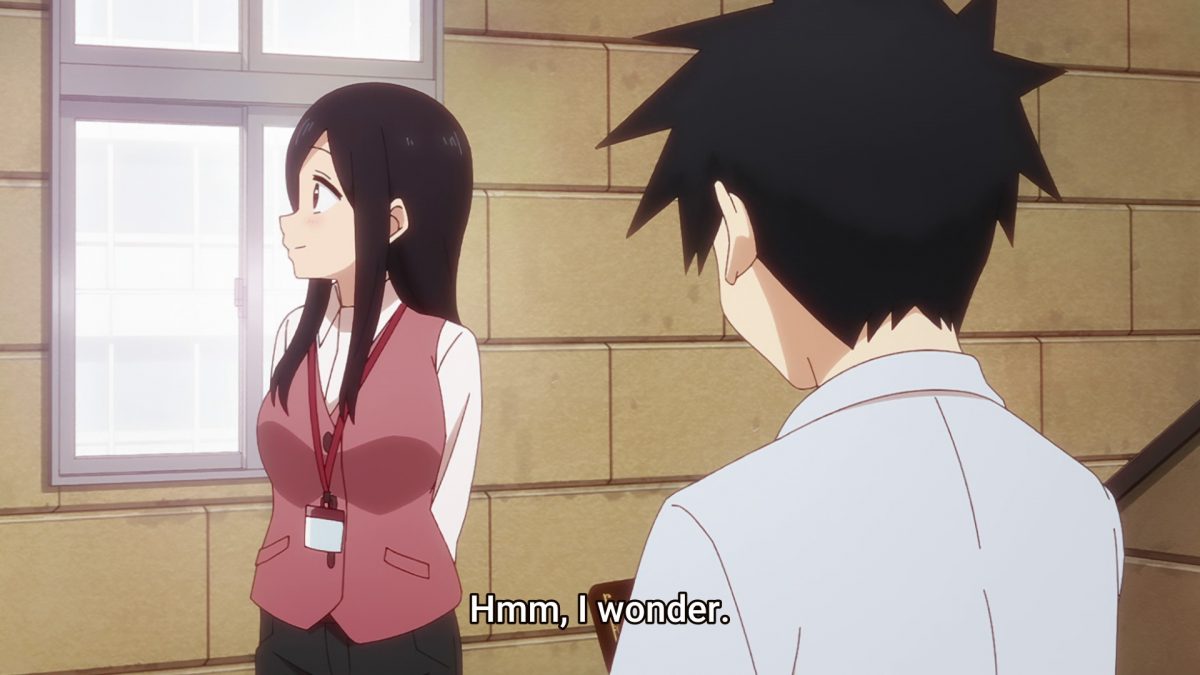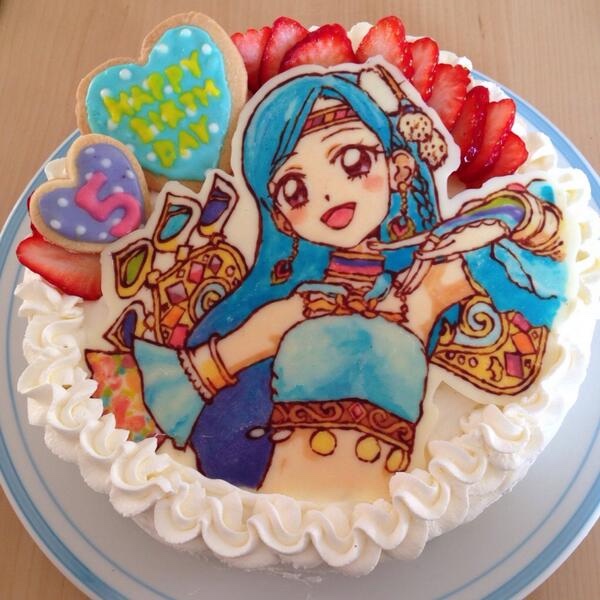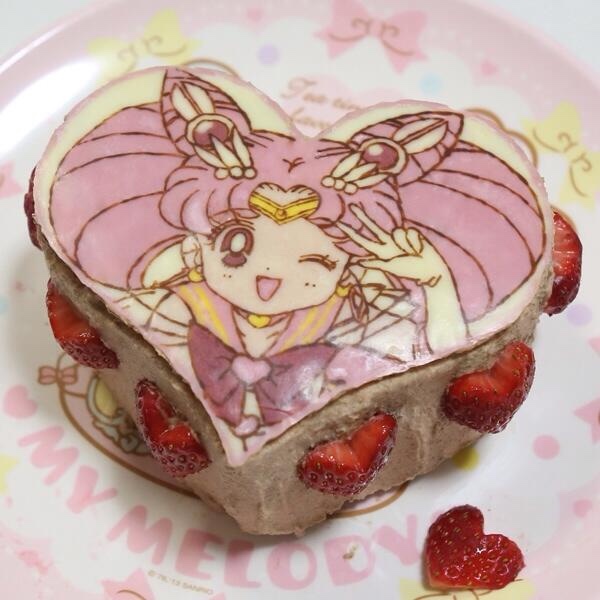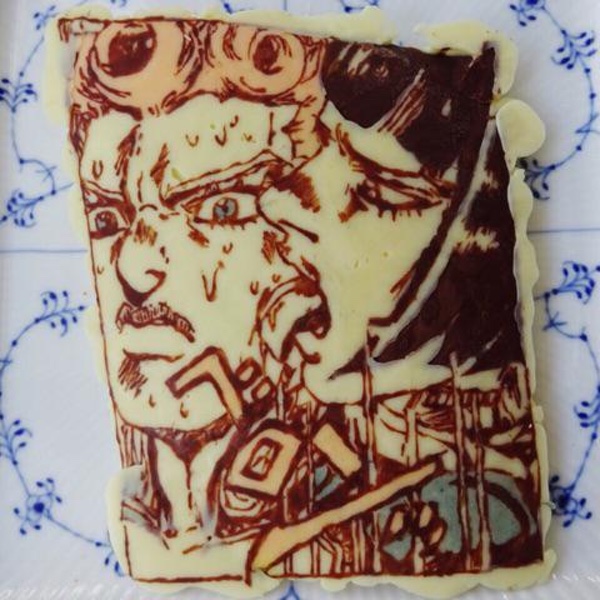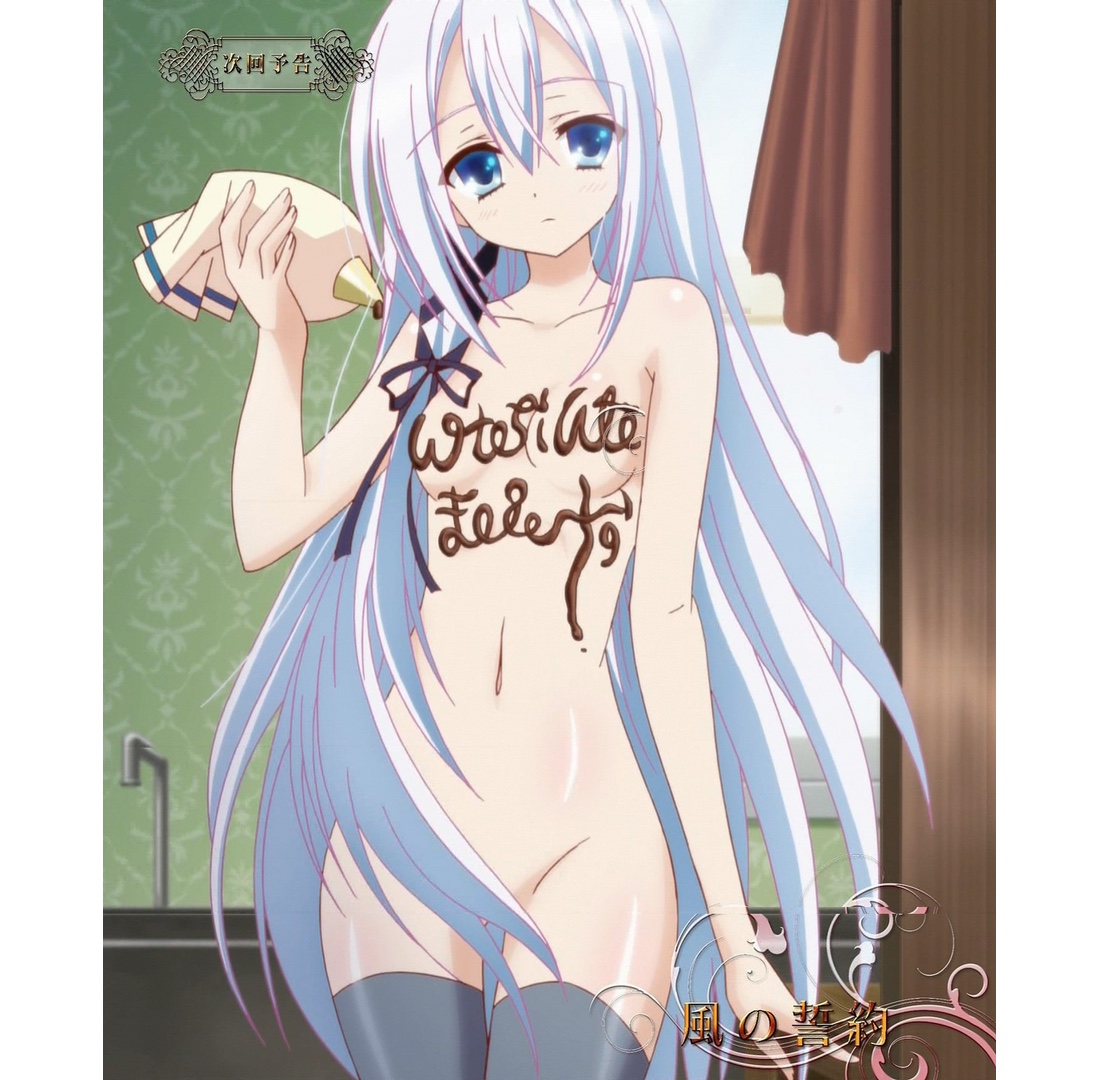Happy Valentine’s Day! Today is the day when couples plan a special date together, complete with flowers, chocolate and condoms, at least according to U.S. retailers. In Japan, things are a bit different, as anyone who’s watched five random episodes of anime will know. Here, girls present chocolate to the special boys and men in their lives, whether it’s the guy at school they’ve got a crush on, male students they’re friends with, or their boyfriends, husbands, sons and fathers. What kind of anime chocolate would do you want this year?
Why Do Women Give Men Chocolate on Valentine’s Day in Japan?
As with many other iconic events of the 20th century, the answer is…marketing. Valentine’s Day had zero cultural awareness in Japan, but in the 1970s chocolate maker Morinaga got the idea to promote February 14th as a day for females to give chocolate to the special men in their lives. While Valentine’s Day anime episodes often focus on the drama of girls learning how to make hand-made chocolates to give to male characters they’re sweet on, chocolates are given to many men as a way of expressing thanks or respect. (Every February 13 Mrs. J-List sneaks into the office late to leave chocolate on the desks of the male staff to say thanks for their hard work.)
One reason I’m thankful for series like Senpai ga Uzai, a romantic comedy anime set in a company, is that they give us glimpses into Japanese society that we can’t get from the usual endless stream of school shows featuring characters half one third our age. In the show, Sakurai is the most attractive girl in the office, and is constantly being dogged by the men she works with, who want to date her and sleep with her. All but Kazama, who comes to her defense when she’s being cornered by the other men. In the Valentine’s Day story (episode 5), Sakurai dutifully gives chocolate to the men in her workplace, and they bug her to know whether it’s girl choco (given out of expectation) or whether she really has feelings for them, which is something a person in her position could face pretty regularly. In extreme cases, aggressively hoping for chocolate from female coworkers can cross the line and become seku-hara or pawa-hara (sexual or power harassment), and some companies ban giving of chocolate outright.
There are various “levels” of chocolate given on February 14th. The main two are
- Giri-choco or “obligation chocolate,” which is given because it’s expected that females will do so. A return gift must naturally be given on White Day, March 14.
- Honmei-choco or “true heart chocolate,” which is chocolate given with true intentions of love or gratitude.
Additionally, clever marketing campaigns have promoted some additional categories, the better to sell more chocolate. These include
- Tomo-choco, chocolate exchanged between friends.
- Gyaku-choco, or “reverse chocolate,” when males give chocolate to females, “just like they do in America.”
- Mai-choco, buying chocolate for yourself, because why not?
- Fami-choco, because the family that enjoys chocolate together gets diabetes together.
Additionally, 痛チョコ ita-choco is the act of re-creating your favorite characters in anime chocolate form so you can impress random people on the Internet.
The Anime Chocolate Fetish
Of course anime loves tropes, and there’s nothing more fun than stories about super-cute moe girls using chocolate to entice the boys they want to be with romantically, because that’s a nice addition to an already fun harem fantasy. Which is why pretty much every show these days has added the Valentine’s Day anime chocolate episode to the standard lineup of hot springs, bikini/beach and other episodes.
Thanks for reading this post about the various kinds of anime chocolate! We hope you get some chocolate from that someone special!
J-List loves finding delightful sexy doujinshi for our customers, and today we’ve added a bunch of new stock just for. you! Check out our new stock of doujins on the site here, before the books you want sell out!


![[ASW] Senpai Ga Uzai Kouhai No Hanashi 05 [1080p HEVC][895D6666] 0006](https://blog.jlist.com/wp-content/uploads/2022/02/ASW-Senpai-ga-Uzai-Kouhai-no-Hanashi-05-1080p-HEVC895D6666-0006.jpg)
![[ASW] Senpai Ga Uzai Kouhai No Hanashi 05 [1080p HEVC][895D6666] 0011](https://blog.jlist.com/wp-content/uploads/2022/02/ASW-Senpai-ga-Uzai-Kouhai-no-Hanashi-05-1080p-HEVC895D6666-0011.jpg)
